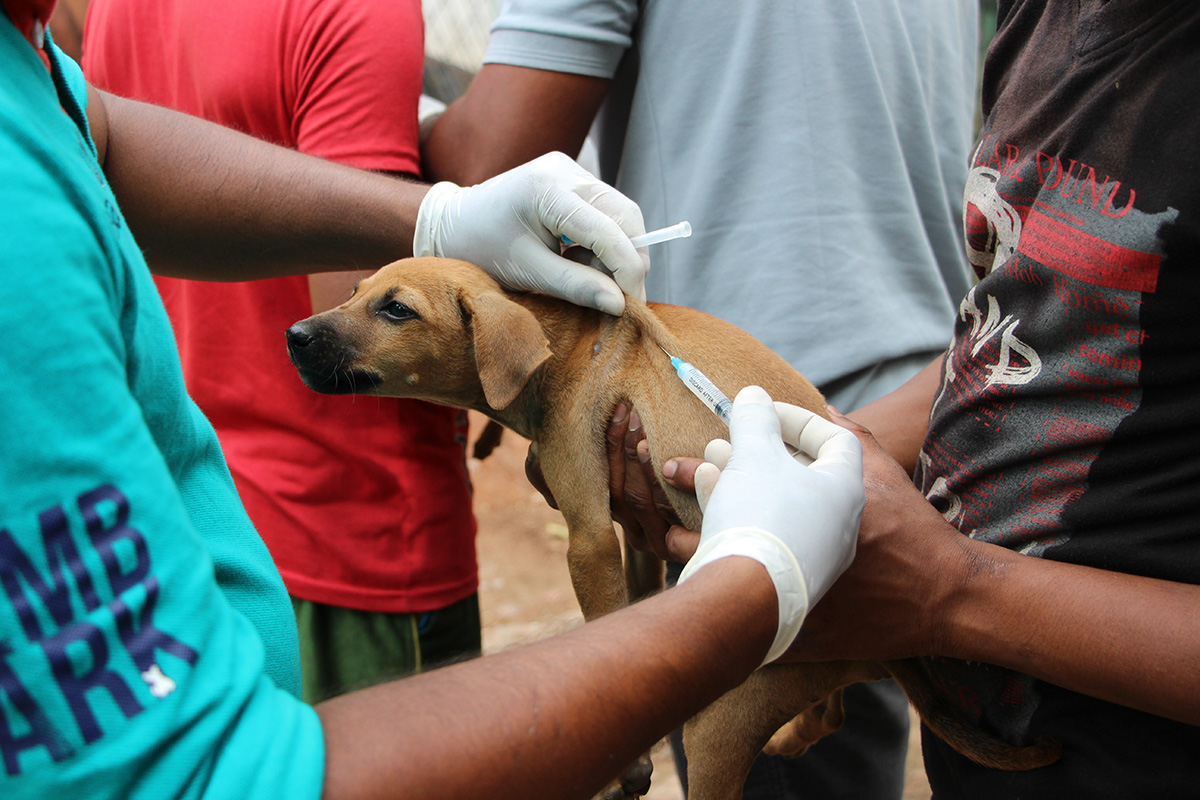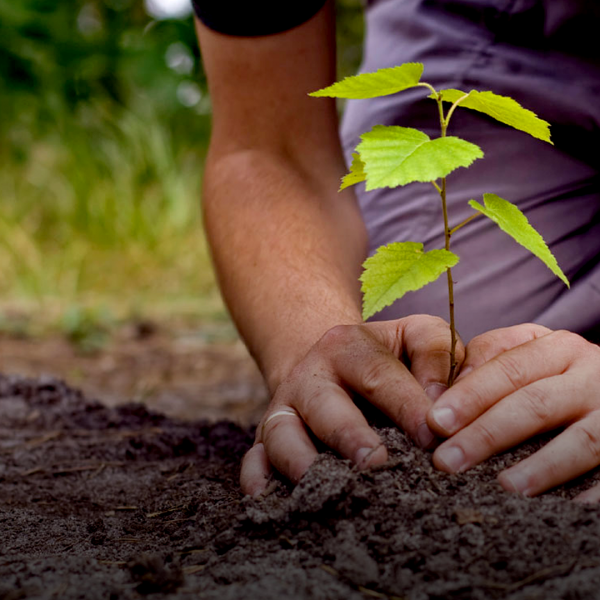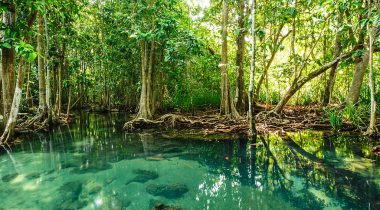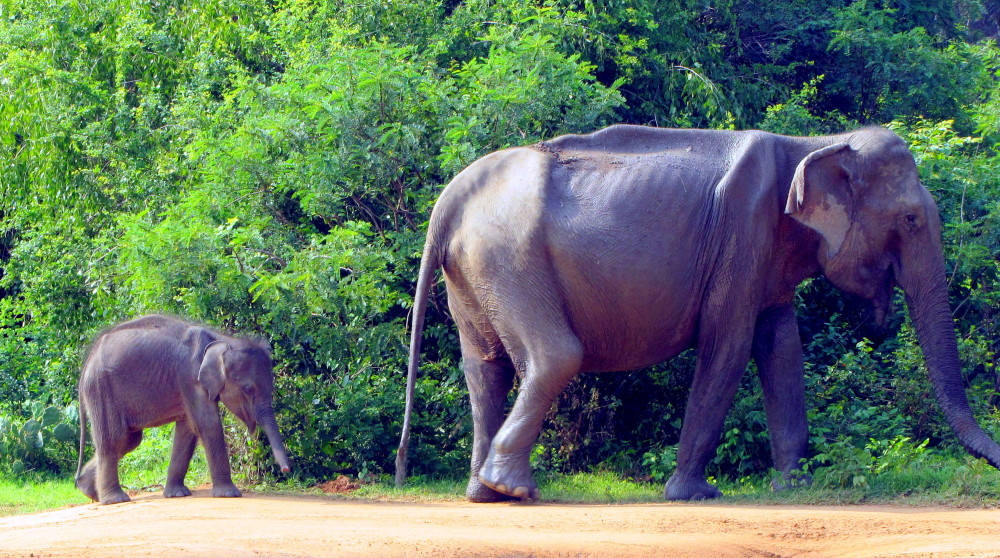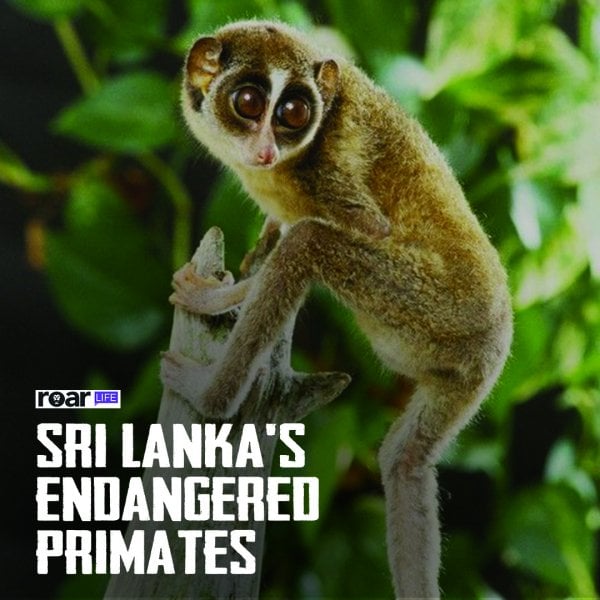
It was a hot day, mid-June, when a raucous sound jolted us out of our afternoon haze at the Roar Media office in Colombo. The racket was being made by two fully grown peafowls walking across the roof of the adjacent building, completely unfazed by the urban surroundings.
It was almost too astounding to believe: was this an isolated incident, or an indication of something far more serious? What could have possibly caused these creatures to leave their natural habitat for the heart of the city?
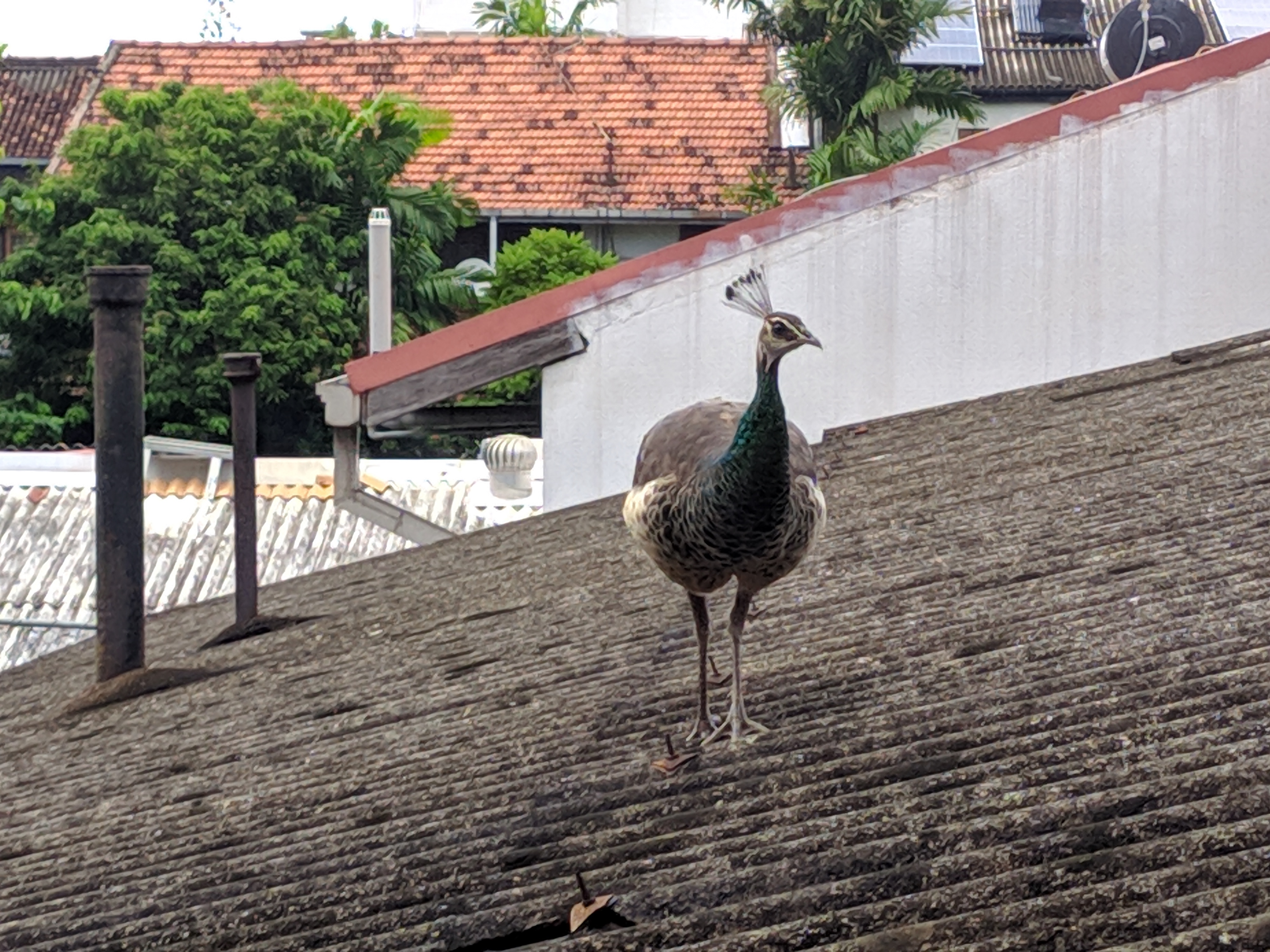
“There has been a huge increase in peacock populations over the past five years,” senior environmentalist and lawyer Jagath Gunawardane told Roar Media.
He explained this phenomenon was brought about indirectly by increased human habitation of the dry zone, where jackals that feed on peacocks, had been wiped out as a result of diseases such as rabies brought to the region by the domestic dog.
“So now there are all these peacocks, and not enough food in the dry zone to sustain them. So they have begun encroaching into the wet zone, where most of the country’s main cities are located,” Gunawardene said.
But it gets worse. Being a bird of the low country dry zone—which primarily consists of vast stretches of flat land—the peacock gravitates towards open spaces that enable them to pick food easily off the ground.
“And what stretch of land is better, and flatter than the Southern Expressway,” Gunawardane said.
Their presence poses a serious threat, not just to themselves, but motorists plying the highway, warranting the construction of large signs warning people of peacocks.
“People don’t see how peacocks could be dangerous, so these signs seem amusing to them at first,” Saranga Palapitiya, a highway official in Matara, said. “But when a car is coming at such high speeds, the peacock’s natural tendency is to run and then take flight—but it cannot match the pace of the vehicle, and usually ends up colliding with the windscreen.”
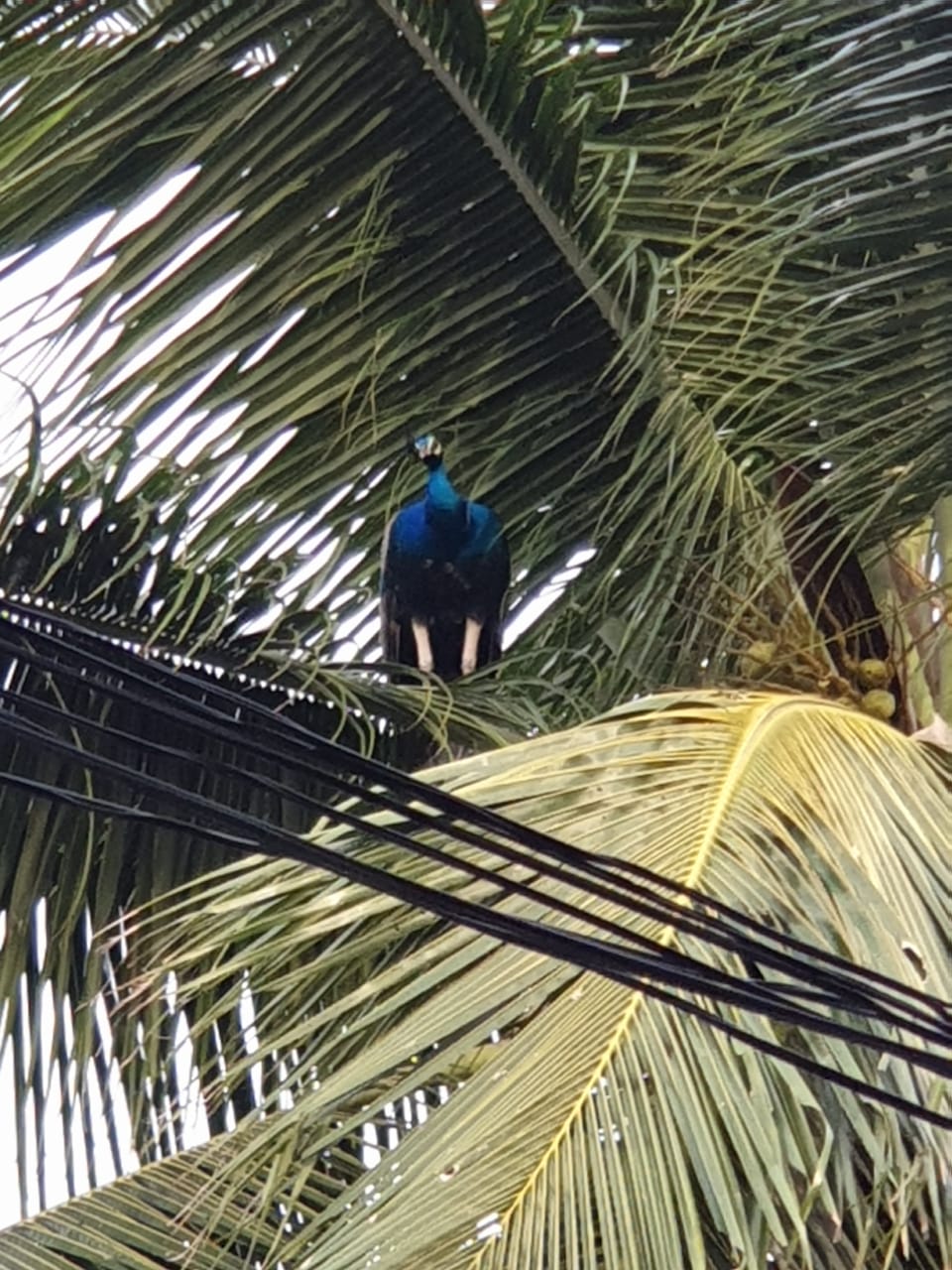
And over the years, the frequency of the collisions have increased, with incidents occurring on the Colombo-Galle stretch of the highway as well.
The peacocks that survive the deadly highway journey wind up in semi-urban, agricultural areas, while fewer still encroach into big cities. And though they may seem harmless at first, Gunawardene points out that their presence is causing grave disruptions to the natural ecosystems of these areas.
Gunawardane began investigating the surge in the peacock population in 2013, when he observed more and more peacocks settling in semi-urban, agricultural areas.
“The increase in cash crop cultivation over the last decade has created crops that are ideal for the peacock,” said Gunawardane. “Oil palm and paddy among them. So they congregate in areas where these crops are common.”
In agricultural districts, like Hambantota, peacocks feed on the tendril roots, seeds and flowers of the crops, not just severely destroying the main crops, but affecting future cultivations as well. Being omnivorous, they also feed on small animals, and seeing as the wet zone is home to hundreds of species of frogs and lizards, this has severe consequences.
“Not only are they an agricultural pest, they are also severely damaging the biodiversity in these areas,” Gunawardane said.
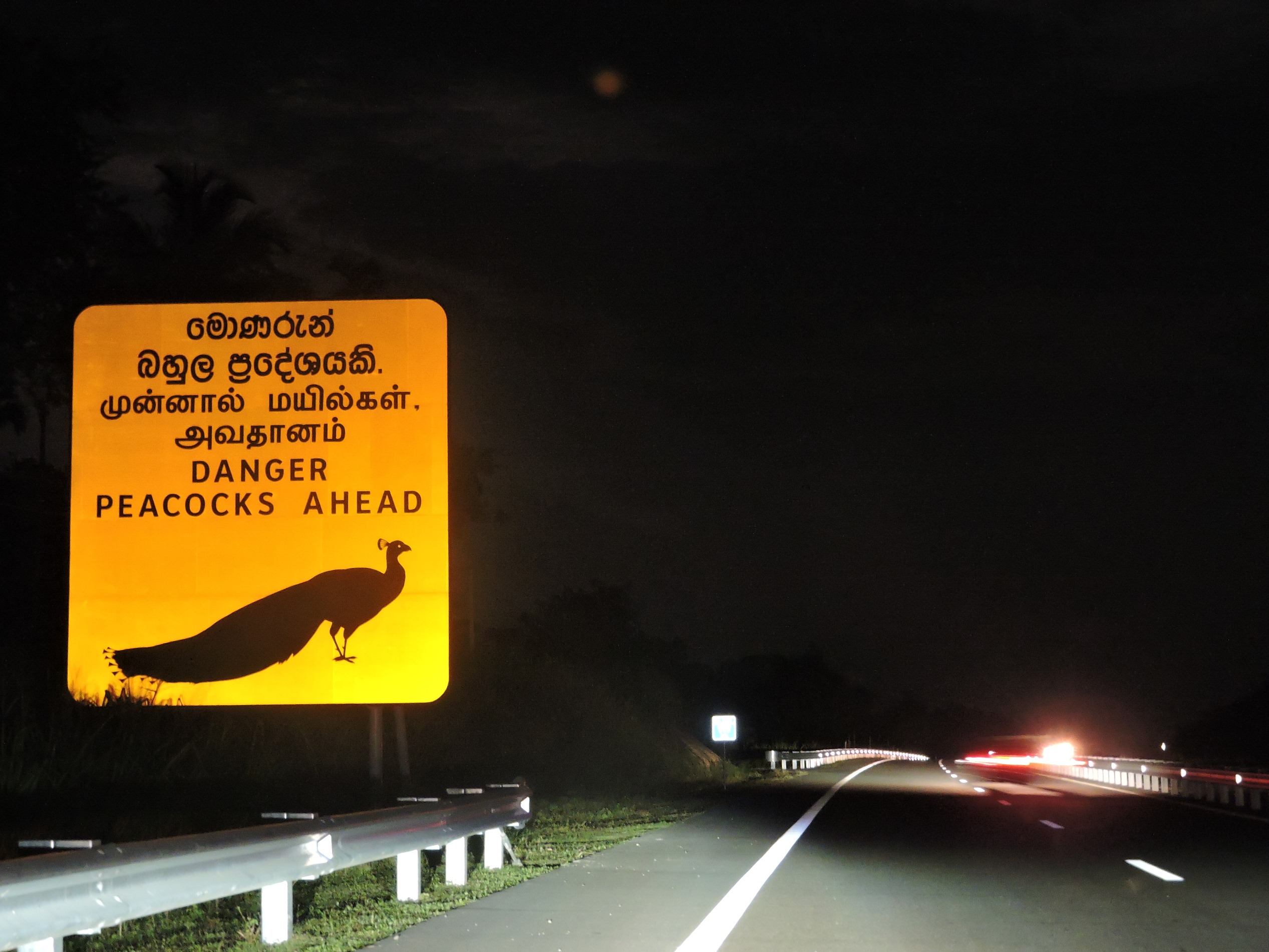
This is true for cities as well. Although the city does not have vast areas of cultivations that need to be protected from the scavenging peacocks, they have a fragile and distinct biodiversity that has attracted a unique mix of creatures, such as certain species of snakes, lizards, and frogs.
And as the urban peacock populations grow, the survival of these small animals is threatened.
The introduction of a new species of animal to urban habitats is not always a bad thing. The Koil green pigeon, for instance, commonly referred to as the koha, has similarly been increasingly encroaching into urban spaces as a result of human development in woodland areas up North.
But unlike the peacock, the influx of kohas into urban environments have not caused a serious disruption to the natural ecosystem: The birds have adapted to life in the city, and though they feed on small insects and fruits, they have not done so in destructive ways.
“With certain species, encroachment into unfamiliar spaces is not an issue. The natural order in any environment is constantly changing, and we need to make space for that,” Gunawardane explained. He elaborated, however, that it is important to identify which animals are destructive, and which are not.
Unfortunately, the peacocks fall into the previous category. “This problem has been brought about by human changes, but the peacock is also an opportunistic species,” he said. “It has managed to exploit these changes and pose a real threat to the health of urban habitats.”
